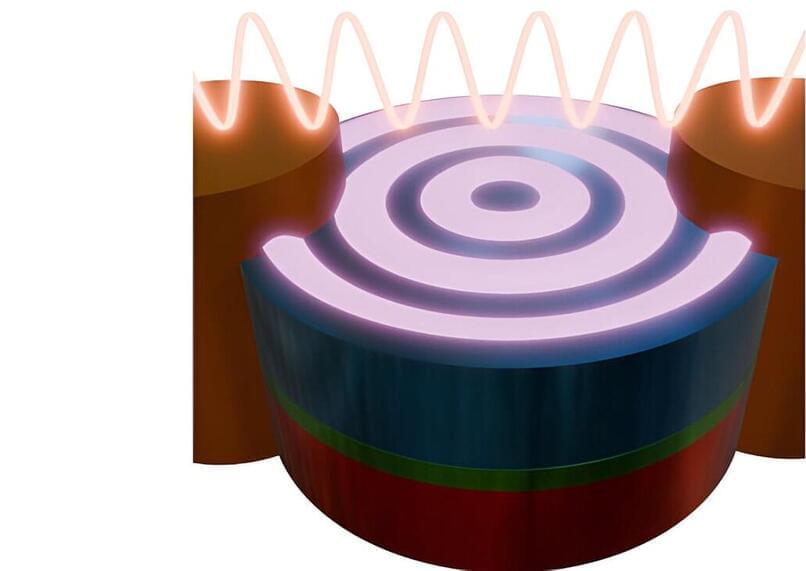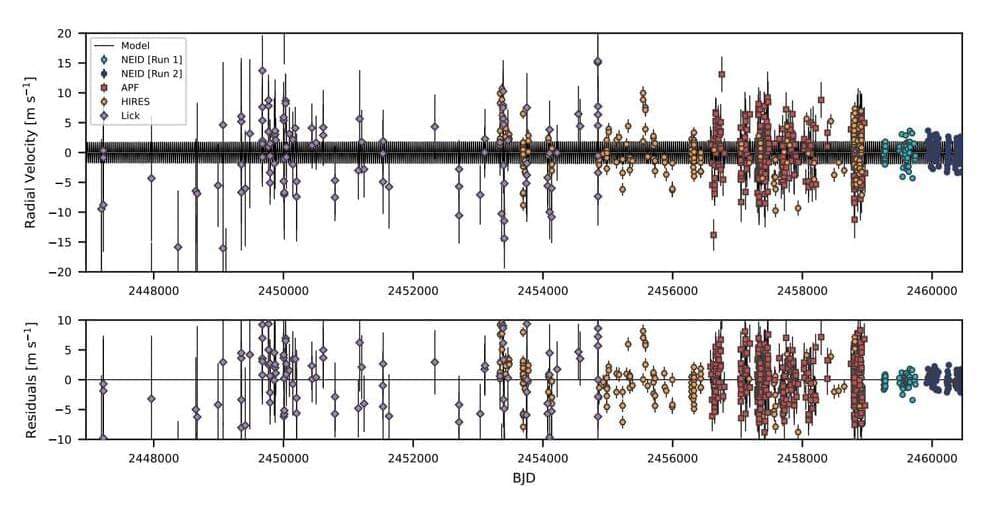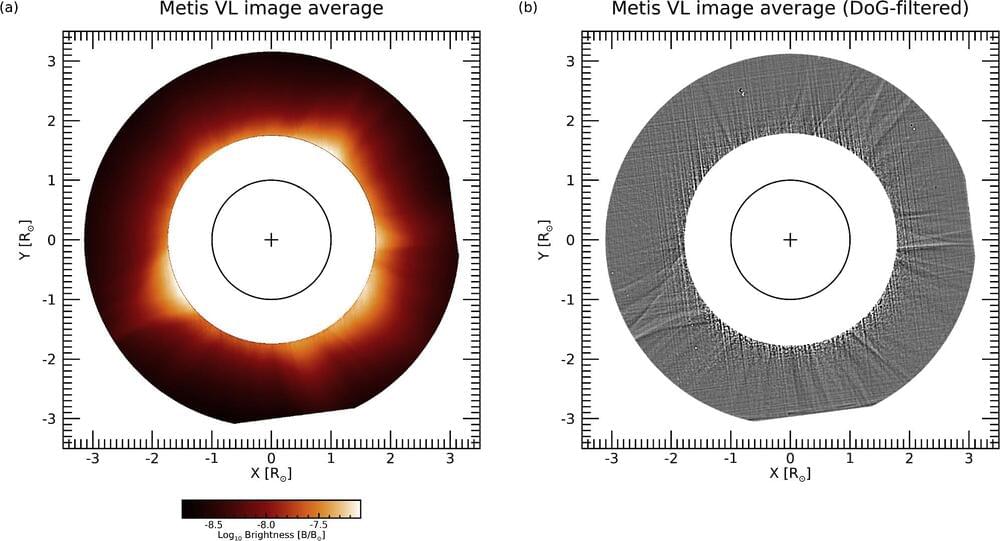Researchers at the University of Hawaiʻi at Mānoa have unveiled a new technique that could make the manufacture of wearable health sensors more accessible and affordable.



In the Large Hadron Collider (LHC), counter-rotating beams of protons travel in separate chambers under high vacuum to avoid scattering with gas molecules.
By insourcing beryllium beam-pipe production, CERN will gain direct control of the manufacturing process, allowing stricter quality assurance and greater flexibility to meet changing experimental requirements. The new facility will include several spaces to perform metallurgical analysis, machining of components, surface treatments, final assembly by electron-beam welding, and quality control steps such as metrology and non-destructive tests. As soon as beryllium beampipes are fabricated, they will follow the usual steps for ultra-high vacuum conditioning that are already available in CERN’s facilities. These include helium leak tests, non-evaporable-getter thin-film coatings, the installation of bakeout equipment, and final vacuum assessments.
Once the new workshop is operational, the validation of the different manufacturing processes will continue until mid-2026. Production will then begin for new beam pipes for the ALICE, ATLAS and CMS experiments in time for the HL-LHC, as each experiment will replace their pixel tracker – the sub-detector closest to the beam – and therefore require a new vacuum chamber. With stricter manufacturing requirements, never accomplishment before now, and a conical section designed to maximise transparency in the forward regions where particles pass through at smaller angles, ALICE’s vacuum chamber will pose a particular challenge. Together totalling 21 m in length, the first three beam pipes to be constructed at CERN will be installed in the detectors during the LHC’s Long Shutdown 3 from 2027 to 2028.
By bringing beam-pipe production in-house, CERN will acquire unique expertise that will be useful not only for the HL-LHC experiments, but also for future projects and other accelerators around the world, and preserve a fundamental technology for experimental beam pipes.


What I believe is that symmetry follows everything even mathematics but what explains it is the Fibonacci equation because it seems to show the grand design of everything much like physics has I believe the final parameter of the quantified parameter of infinity.
Recent explorations of unique geometric worlds reveal perplexing patterns, including the Fibonacci sequence and the golden ratio.

Orbital angular momentum monopoles have been the subject of great theoretical interest as they offer major practical advantages for the emerging field of orbitronics, a potential energy-efficient alternative to traditional electronics. Now, through a combination of robust theory and experiments at the Swiss Light Source SLS at Paul Scherrer Institute PSI, their existence has been demonstrated. The discovery is published in the journal Nature Physics.


A new study has mapped out the gravitational basins of attraction in the local universe, offering fresh insights into the large-scale cosmic structures that shape the movement of galaxies. The study has been published in Nature Astronomy.

An international team of astronomers reports the discovery of a new extrasolar world orbiting a nearby star known as HD 86728. This is the first exoplanet detection made as part of the NEID Earth Twin Survey (NETS). The finding was detailed in a research paper published September 18 on the pre-print server arXiv.
